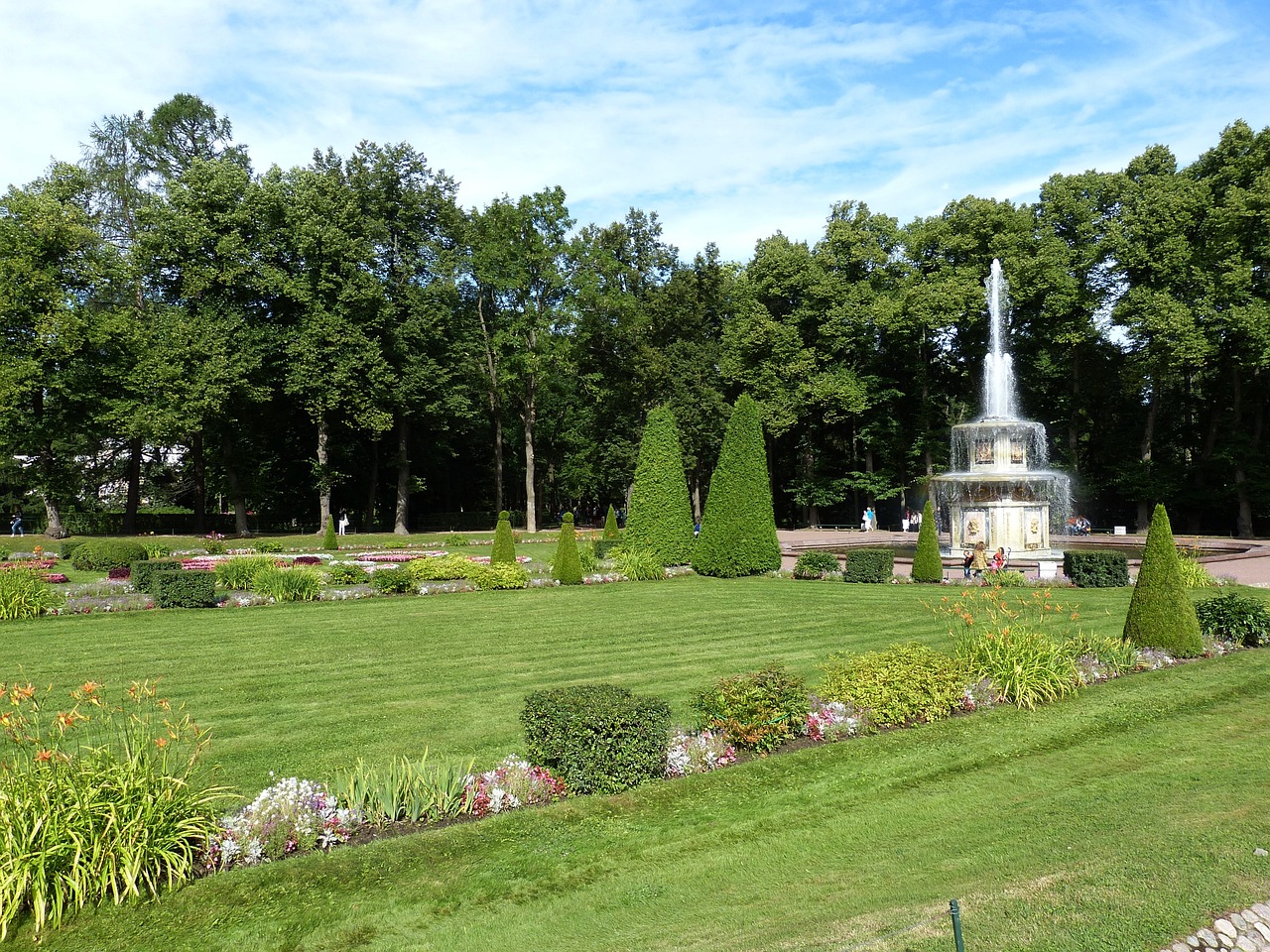Salutations, verdant aficionados! Today, let’s embark on a botanical odyssey, delving into the captivating realm of Dee Runk Boxwood. This erect marvel, adorned with lustrous foliage and sedate growth allure, has entrenched itself in the affections of myriad horticulture enthusiasts.
Within this all-encompassing manual, we shall unveil the enigmas of Dee Runk Boxwood, its towering stature, guidelines for upkeep, alternative options, and potential impediments.
Surveying the Altitudes: How Elevated Does Dee Runk Boxwood Ascend?
One of the noteworthy attributes of Dee Runk Boxwood is its formidable altitude. Towering gracefully upon reaching maturity, this columnar splendour can ascend to a remarkable 10 feet, seamlessly occupying a 3-foot expanse.
Envision your garden bedecked with these majestic exemplars, their sable green foliage imparting a sophisticated touch to the panorama. Yet, what if you seek alternatives?
Pursuing Substitutes: The Odyssey for the Ideal Replacement
In gardening, diversity is paramount, particularly in the quest for the optimal fit for your space. Should Dee Runk prove elusive in local nurseries, be undismayed.
A commendable alternative to ponder is the ‘Green Tower.’ While not a mirror image, it boasts columnar expansion and might be the impeccable augmentation to your botanical sanctuary. Remember, strategically spacing them 2 to 3 feet apart will witness your garden metamorphosing.
Solar Ballet: How Much Sunlight Does Dee Runk Boxwood Covet?
Like all chlorophyll companions, Dee Runk Boxwood has its proclivities concerning sunlight. Proliferating in at least 4 hours of direct sunshine daily, these beauties may be left in full or partial sun.
The clandestine lies in well-drained soils coupled with efficacious air circulation. Their growth might decelerate in the shadows, but under favourable conditions, they’ll bestow upon you luxuriant, delicately textured foliage.
Pruning Grandeur: The Craft of Trimming Dee Runk Boxwood
Every horticultural virtuoso comprehends the significance of pruning, and Dee Runk Boxwood is no exception. Opt for thinning, selectively excising branches throughout the shrub to uphold its innate form.
Whether it’s towards the principal trunk, a lateral branch, or a lateral bud, the aim is to achieve an informal yet refined appearance. As winter bids farewell, an annual trim will ensure they remain in check.
Sustaining the Verdant Titans: How to Nourish Boxwoods
Just like us, flora requires sustenance. Preserving a pH ranging from 6.5 to 7.0 is the optimum for boxwoods.
Administering fertilizer in late autumn or early spring, steering clear of the summer and early autumn, is imperative to avert potential frost or freeze damage.
A balanced fertilizer or aged manure can work wonders, guaranteeing your Dee Runk Boxwood thrives.
Security First: Is Boxwood Toxic to Humans and Pets?
While we revel in the allure of Dee Runk Boxwood, addressing safety apprehensions is paramount. Human ingestion of boxwood is infrequent but can result in gastrointestinal symptoms in substantial quantities.
For our four-legged companions, caution is advised, as boxwood can harm dogs, cats, and horses. As always, the enjoyment of verdant aesthetics should be approached judiciously.
Pathogen Surveillance: The Probable Trials for Dee Runk Boxwood
Every garden contends with its adversities, and Dee Runk Boxwood is no exception. Be vigilant for boxwood blight, leaf spot diseases, and the omnipresent nematodes in the southern regions.
Root rot can pose a peril in inadequately drained soils. Attentiveness, timely care, and a nurturing touch will guarantee your green sentinels prosper against these antagonists.
Cultivating with Solicitude: Pointers for Dee Runk Boxwood Aficionados
Dee Runk may be a rapid grower, but like any companionship, it demands attention. Full or partial sunlight, well-drained soils, and efficient air circulation are its confidants.
As you bask in the luxury of the foliage, remember that a fraction of care goes a long way. Soon, your Dee Runk Boxwood will stand as an emblem of the symbiosis between nature and nurture.
Recognizing Common Predicaments: A Manual for Resolution
In the expedition of cultivating Dee Runk Boxwood, brace yourself for challenges. Macrophoma leaf spot is a prevalent adversary characterized by diminutive black elevated fruiting bodies on straw-coloured leaves.
Armed with knowledge, these issues can be identified and managed, ensuring your green comrades thrive throughout every season.
The Pacing Contest: How Swiftly Do Boxwoods Advance?
As we culminate our exploration, let’s delve into the pace of boxwood growth. Compared to numerous shrubs, boxwoods are classified as gradual developers, exhibiting growth rates from 1/2 to 6 inches annually.
Patience proves pivotal, and a meticulously tended garden’s dividends are worth the anticipation.
In this exhaustive compendium, we’ve laid bare the intricacies of Dee Runk Boxwood, encompassing its lofty elevations, potential replacements, care counsel, and predicaments.
As you embark on your botanical pursuits, may the erudition disseminated herein be your ally, ensuring your verdant haven burgeons with vitality and sophistication. Happy gardening!
